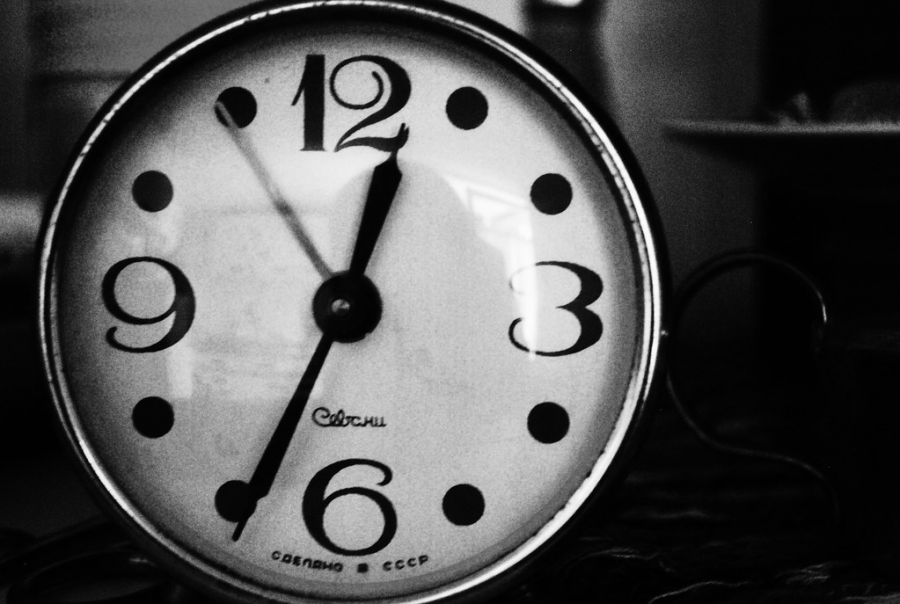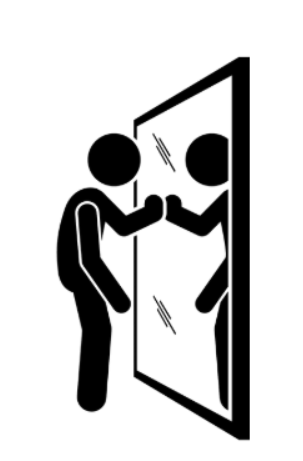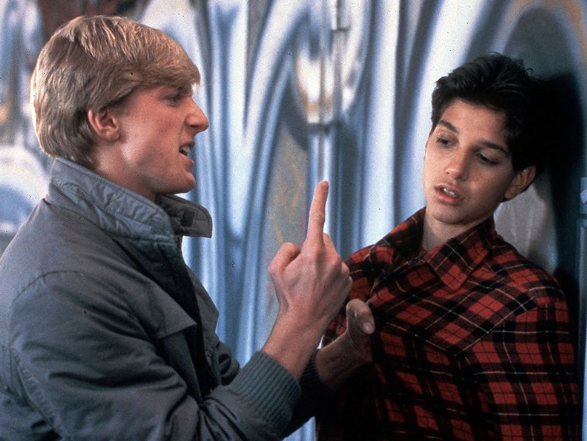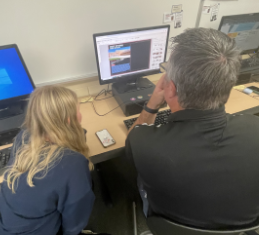Hawaii and Arizona are the only two states that keep their time consistent throughout the year without jumping ahead or behind. It’s time that the rest of the country joins them.
Every year, roughly from March to November, the US sets clocks forward by one hour in a pointless system known as daylight savings time (DST). The purpose is to have the population wake up earlier during the months that the sun rises earlier, theoretically increasing daylight during the day. However, this outdated system fails to meaningfully accomplish any of its goals.
In the US, daylight savings time had been used inconsistently between states for about a hundred years before it was federally established in 1966 with the Uniform Time Act. Since then, the tradition has become ingrained in the lives of millions. Most clocks with access to the internet now update automatically to synchronize with the adjusted time.
While DST sounds good in theory, the practice actually causes more issues than it solves.
For starters, the extra hour of daylight does not make a huge difference. The change in daylight is only noticeable for about a week until it’s suddenly dark in the morning again. Why waste effort changing the time if it doesn’t make an impact?
DST also messes with the circadian rhythm, the body’s internal clock that affects sleep and other daily functions. Going to bed and waking up at the same times every day is a healthy way to ensure a fulfilling sleep schedule. When sleep is shifted backwards or forwards by an hour, it causes a disturbance in this natural cycle.
A large percentage of the population is already getting less sleep than they should be. Health professionals recommend getting seven to nine hours of sleep per night. According to the American Sleep Association, about 35% of adults report getting less than seven hours of sleep each night. Adjusting the time for no reason adds to this increasing issue of sleep deprivation.
These upsets in circadian rhythm can have major effects on someone’s health. Waking up earlier isn’t fun, but the effects that result from sleep deprivation are much bigger in comparison. Data suggests that there is an increased rate of heart attacks during the spring transition to DST, especially in the elderly or those who are more vulnerable.
Not only that, but being sleepier when driving to work in the morning can have disastrous consequences. Studies have shown that moving clocks forward can increase the risk of traffic accidents by as much as 6%. Drivers aren’t going to be as alert if their internal clock is telling them that they should be asleep.
A survey showed 57.1% of students agree DST isn’t needed. While several students enjoy getting an extra hour of sleep in the fall, many admit that the whole process is unnecessary. It seems odd to keep a tradition around when it isn’t even liked.
The potential benefits of DST do not outweigh the complications caused by the yearly tradition. Why not just keep things simple and maintain the same time between seasons? The sun is going to rise at contrasting times in the winter and summer because that’s how daylight works. Humanity doesn’t need to change time to make up for a natural occurrence.







